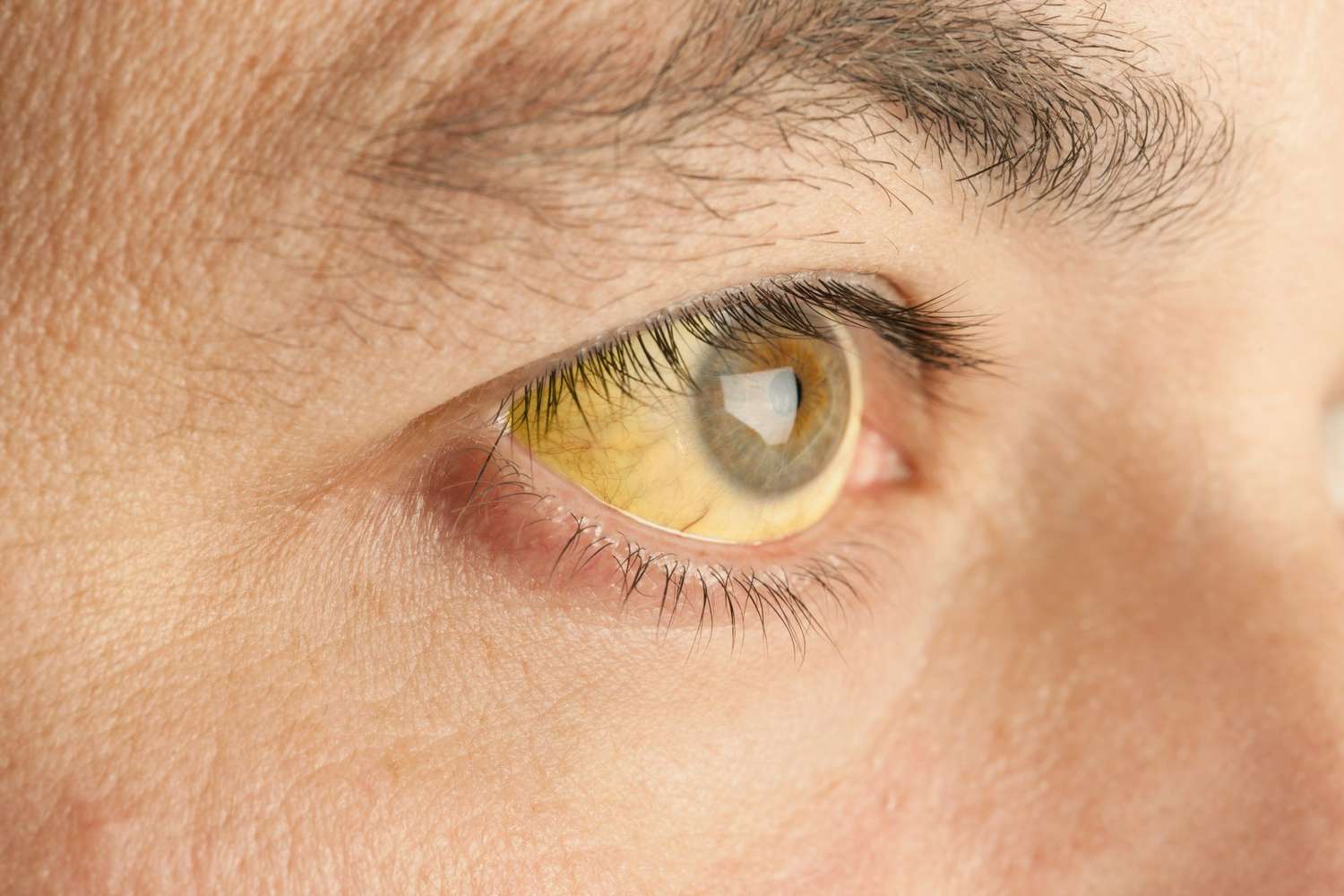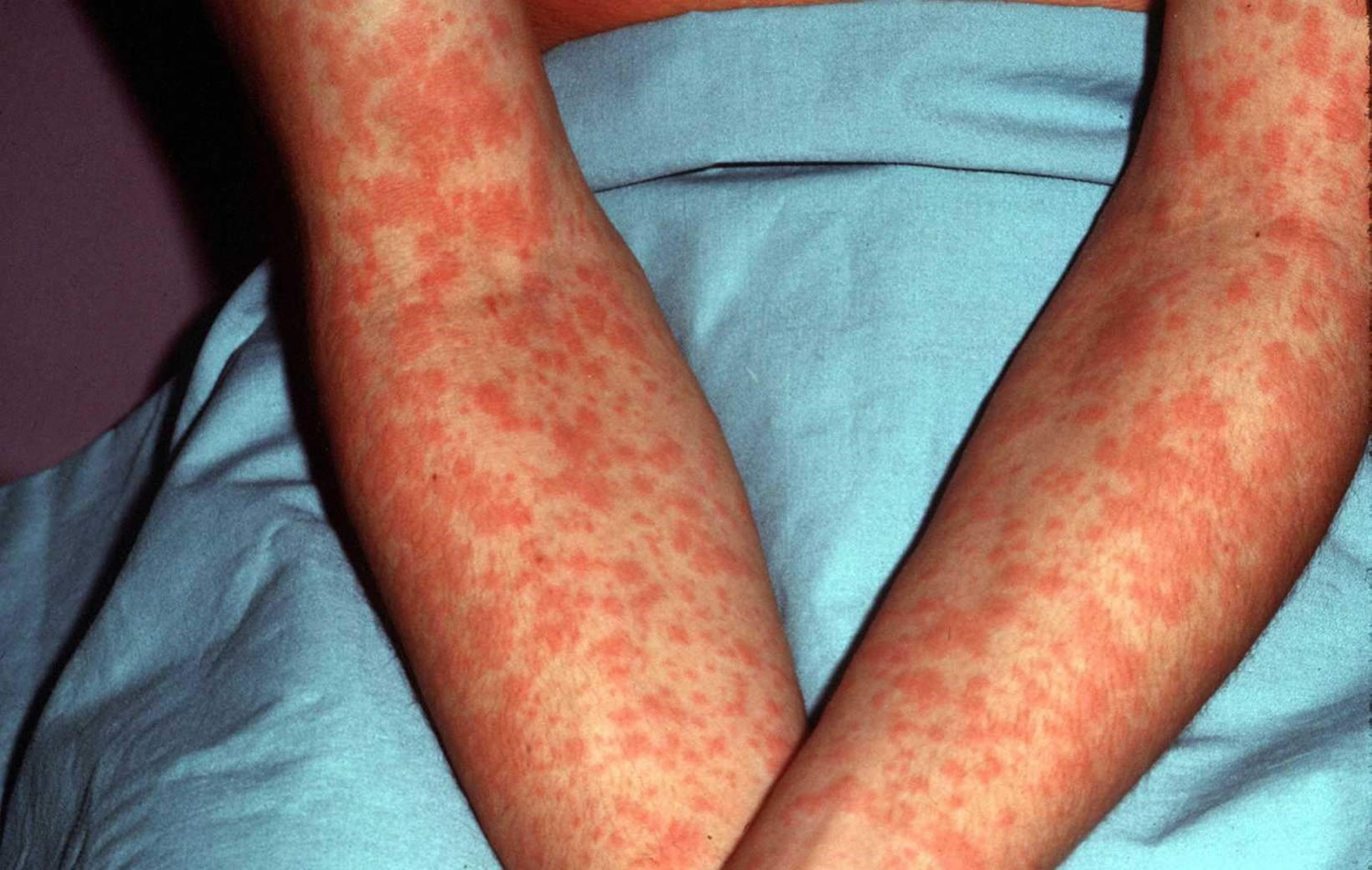Mononucleosis, also known as mono or the kissing disease, is a viral infection that is caused by the Epstein-Barr virus (EBV). It is a common illness that is most often seen in adolescents and young adults, but it can occur at any age. Mono is transmitted through saliva, so it is often spread through kissing or sharing drinks or food with an infected person. In this article, we will discuss the symptoms of mononucleosis and the treatment options available for the disease.
Symptoms of Mononucleosis
The symptoms of mononucleosis can vary in severity and may take several weeks to develop after a person is infected with the virus. Some people may not experience any symptoms at all, while others may have severe symptoms that require hospitalization.
Common symptoms of mononucleosis include:
Sore throat: A sore throat is often one of the first symptoms of mono, and it can be severe enough to make it difficult to swallow. The throat may be red and swollen, and there may be white patches on the tonsils or the back of the throat.
Fever: A fever is a common symptom of mononucleosis, and it can range from mild to high. The fever may last for several days or even weeks.
Enlarged lymph nodes: Lymph nodes are small, bean-shaped glands that are located throughout the body. They help to fight infection and disease. In people with mononucleosis, the lymph nodes in the neck, under the arms, and in the groin may become swollen and tender.
Fatigue: Mononucleosis can cause extreme fatigue, which can last for several weeks or even months. It may be difficult to get out of bed or complete everyday tasks due to the extreme tiredness.
Headache: A headache is a common symptom of mononucleosis, and it may be accompanied by a feeling of pressure in the head.
Rash: Some people with mononucleosis may develop a rash on their chest, back, or face. The rash may be red or pink and may be raised or flat.
Other symptoms: Other symptoms of mononucleosis may include loss of appetite, muscle weakness, and abdominal pain.
Treatment for Mononucleosis
There is no specific treatment for mononucleosis, and most people recover from the illness on their own within a few weeks to a few months. The primary treatment for mono is to get plenty of rest and to drink fluids to help prevent dehydration. Over-the-counter pain medications, such as acetaminophen or ibuprofen, can be taken to help reduce fever and relieve muscle aches and pain.
In some cases, a person with mononucleosis may need to be hospitalized for treatment. This may be necessary if the person is severely dehydrated, has difficulty breathing, or has an enlarged spleen. In these cases, the person may be given fluids through an IV and may be given medications to help reduce the severity of the symptoms.
Prevention of Mononucleosis
There is no vaccine to prevent mononucleosis, but there are steps that can be taken to reduce the risk of contracting the virus. These include:
Washing hands frequently: Washing hands with soap and water can help to reduce the risk of infection.
Avoiding close contact with infected people: Avoiding close contact with people who have mononucleosis can help to reduce the risk of infection. This includes avoiding kissing or sharing drinks or food with an infected person.
Avoiding sharing personal items: Sharing personal items, such as toothbr

 Home
Home Health
Health Diet & Nutrition
Diet & Nutrition Living Well
Living Well More
More












